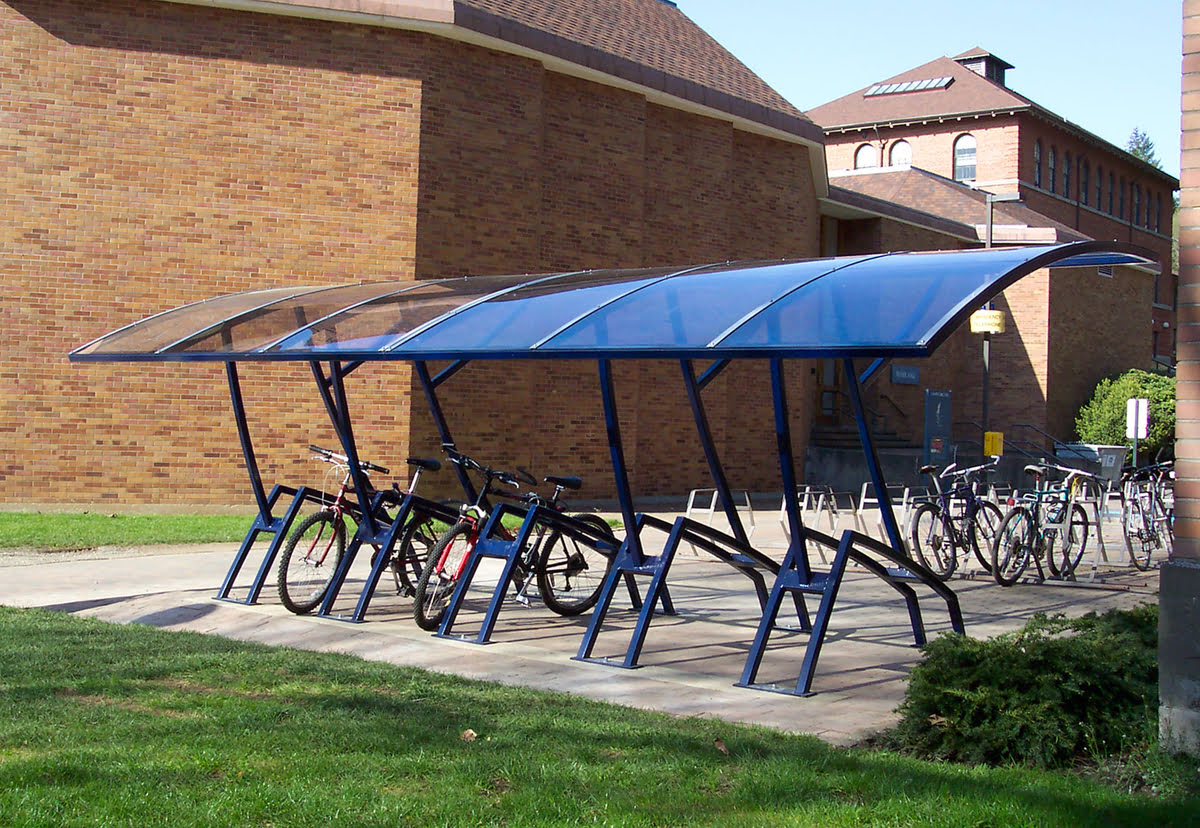

Articles
How To Store Your Bike Outside
Modified: January 7, 2024
Learn the best techniques to store your bike outside with these helpful articles. Protect your bike from the elements and ensure its longevity.
(Many of the links in this article redirect to a specific reviewed product. Your purchase of these products through affiliate links helps to generate commission for Storables.com, at no extra cost. Learn more)
Introduction
Storing your bike outdoors can be a convenient solution when you don’t have enough indoor space or simply prefer having your bike easily accessible. However, it’s important to take proper care and precautions to ensure that your bike remains in good condition while being stored outside. In this article, we will explore the essential steps and considerations for safely storing your bike outdoors.
Before diving into the details, it’s important to note that storing your bike outside exposes it to various elements such as weather conditions, theft risks, and general wear and tear. While these risks are inevitable to some extent, following the guidelines mentioned in this article will significantly minimize potential damage and help prolong the lifespan of your bike.
In the upcoming sections, we will discuss how to assess the outdoor storage space, choose the right location, clean and prepare your bike, implement locking and security measures, cover and protect your bike, and perform regular maintenance check-ups. By following these steps, you can ensure that your bike remains safe, secure, and in great working condition, even when stored outdoors.
So, whether you are an avid cyclist, a bike enthusiast, or simply rely on your bike for daily commutes, read on to discover how you can effectively store your bike outside with confidence and peace of mind.
Key Takeaways:
- When storing your bike outside, assess the space, choose a secure location, clean and prepare your bike, implement locking measures, cover it with a durable bike cover, and perform regular maintenance to ensure its safety and longevity.
- Proper outdoor bike storage involves thorough assessment, strategic location selection, meticulous cleaning and preparation, effective locking and security measures, reliable bike covering, and consistent maintenance for optimal performance and protection.
Read more: How To Store Bike Outside
Assessing the Outdoor Storage Space
Before you begin the process of storing your bike outside, it’s important to assess the available outdoor storage space. This will help you determine the most suitable location and make any necessary preparations to ensure the safety and well-being of your bike.
Start by considering the size of the space and whether it can accommodate your bike comfortably. Make sure there is adequate room to maneuver the bike in and out of the storage area without any obstructions.
Next, evaluate the environmental conditions of the storage space. Is it exposed to direct sunlight, rain, or extreme temperatures? These factors can have a significant impact on the condition of your bike over time. Ideally, look for a space that provides some shelter or protection from the elements, such as a covered patio, shed, or bike storage tent.
Additionally, assess the accessibility of the storage space. Is it easily accessible for regular use? Consider the convenience of retrieving your bike whenever you need it and whether you’ll encounter any obstacles or challenges that may hinder the process.
Lastly, take into account the security of the outdoor storage space. Look for areas that are well-lit and visible to deter potential thieves. If the space is not inherently secure, consider implementing additional security measures such as installing security cameras or motion sensor lights to protect your bike.
By thoroughly assessing the outdoor storage space, you can identify any potential issues or limitations that may arise during the storage process. This will help you make informed decisions and take appropriate measures to ensure that your bike remains protected and accessible at all times.
Choosing the Right Location
Choosing the right location for storing your bike outside is crucial for its safety and protection. The location you choose should not only provide adequate space but also offer the necessary security and environmental conditions to minimize any potential damage or theft risks.
Firstly, consider selecting a location that is well-lit and visible. A well-lit area can act as a deterrent to potential thieves and provide added security. It is also easier to monitor your bike in a well-lit space, reducing the chances of it being tampered with unnoticed.
Next, assess the level of traffic in the area. Try to choose a location that experiences moderate foot traffic and is frequented by people. This can act as a deterrent to thieves and make it less likely for your bike to be a target of theft.
It is also important to choose a location that offers some form of protection from the elements. Exposure to harsh weather conditions, such as direct sunlight, rain, or extreme temperatures, can cause damage to your bike over time. Ideally, select a covered area such as a porch, carport, or bike storage shed that provides some shelter from these elements.
In addition to environmental protection, consider the stability and security of the location. Make sure the area is secure and cannot be easily accessed by unauthorized individuals. You may want to invest in a secure bike rack or install a wall mount or ground anchor to prevent your bike from being easily stolen.
Lastly, consider the convenience of the location. Choose a spot that allows for easy access to your bike whenever you need it. Ensure that there are no obstacles or barriers that would hinder the process of retrieving your bike, especially if you use it frequently for daily commutes or recreational activities.
By taking the time to carefully choose the right location for storing your bike outside, you can ensure its safety, minimize potential risks, and protect your investment. Remember that the location should provide security, environmental protection, and convenience, allowing you to store your bike with peace of mind.
Cleaning and Preparing Your Bike
Before storing your bike outside, it is essential to give it a thorough cleaning and prepare it appropriately. This will help prevent dirt, grime, and moisture from causing damage during storage and ensure that your bike is in optimal condition when you are ready to use it again.
Start by giving your bike a good wash. Use a gentle bike-specific cleaner or mild soapy water to remove any dirt, mud, and debris from the frame, wheels, and components. Scrub gently with a soft brush or sponge and rinse thoroughly with clean water. It’s important to dry your bike completely to prevent any moisture from causing rust or corrosion.
Once your bike is clean and dry, apply lubricant to the chain, derailleurs, and other moving parts. This will help prevent rust and ensure smooth operation when you eventually use your bike again. Be sure to wipe off any excess lubricant to avoid attracting dust and dirt during storage.
Inspect your bike for any signs of wear or damage. Check the tires for proper inflation and any punctures that may need to be repaired. Look for loose or damaged components and tighten or replace them as necessary. Taking care of these issues before storing your bike can help prevent further damage or issues from arising during storage.
Consider adding extra protection to vulnerable areas of your bike. Apply a layer of wax or bike-specific protectant to the frame to guard against scratches and UV damage. Install fender mudguards to shield your bike from excessive dirt and moisture. These additional precautions can help preserve the overall condition of your bike while it is stored outside.
Lastly, remove any accessories or removable components that can be easily stolen or damaged, such as lights, bells, and saddlebags. Store them in a secure location indoors to prevent theft or damage, and remember to reinstall them when you are ready to use your bike again.
By cleaning and preparing your bike before storing it outside, you ensure that it is in the best possible condition and protected from potential damage and deterioration. This proactive approach will help maintain the longevity and performance of your bike, allowing you to enjoy many more rides in the future.
Consider investing in a quality bike cover to protect your bike from the elements when storing it outside. Look for a cover that is waterproof, UV-resistant, and has a secure fit to keep your bike in good condition.
Locking and Security Measures
When storing your bike outside, it is crucial to implement effective locking and security measures to deter theft and ensure the safety of your bike. While no lock is entirely foolproof, taking these precautions can greatly reduce the risk of your bike being stolen.
Invest in a high-quality bike lock that is strong and reliable. The most secure types of locks are U-locks and heavy-duty chain locks. Look for locks made of hardened steel, as they are more resistant to cutting and tampering. Avoid using cable locks, as they are easily cut and provide minimal security.
When securing your bike, lock it to an immovable object, such as a sturdy bike rack or a fixed pole. Ensure that the object you lock your bike to is firmly anchored to the ground or structure and cannot be easily removed or broken.
Lock both the frame and the wheels of your bike. Thread the lock through the frame triangle and the front wheel, as well as any other removable components, such as the saddle or basket. If your lock is too short to secure everything, consider using a secondary lock for the rear wheel or invest in a longer lock that can encompass the entire bike.
Position the lock in a way that minimizes the amount of exposed space, making it harder for thieves to tamper with the lock. Avoid placing the lock near the ground, as it can give thieves better leverage to cut or break the lock. Aim to position the lock as high off the ground as possible, while still allowing the bike to remain securely locked.
Consider registering your bike with a local or national bike registry. This can help in recovering your bike if it is stolen and later found by the authorities. Take note of the serial number and keep it in a safe place, along with detailed photos of your bike, which can aid in identification.
Additionally, if possible, install a motion-activated security camera near the location where your bike is stored. This can act as a deterrent to potential thieves and provide evidence in case of theft or vandalism.
Remember to perform periodic checks on your lock and consider upgrading it if it shows signs of wear or damage. It’s important to stay vigilant and ensure that your bike remains secure at all times.
By implementing proper locking and security measures, you can significantly reduce the risk of your bike being stolen while it is stored outside. Taking these precautions will provide you with peace of mind and allow you to enjoy your bike without constant worry.
Read more: How To Store Bike Outside Apartment
Covering and Protecting Your Bike
Protecting your bike from the elements is essential when storing it outside. Excessive exposure to sun, rain, dirt, and other environmental factors can lead to damage and deterioration over time. By covering and protecting your bike properly, you can help prolong its lifespan and maintain its overall condition.
Invest in a durable and waterproof bike cover that is specifically designed to fit your bike. Ensure that the cover is made of breathable material to prevent moisture buildup, which can lead to rust and corrosion. A good bike cover will protect your bike from UV rays, rain, dust, and debris, keeping it clean and dry while stored outside.
Before covering your bike, make sure it is clean and dry to prevent any dirt or moisture from being trapped under the cover. This will help avoid potential damage or rust formation.
When covering your bike, ensure that the cover is secured tightly to prevent it from being blown away by strong winds or storms. Make sure the cover is properly anchored to the ground or bike rack, or use bungee cords or straps to secure it in place.
If your bike is going to be stored in an area with high humidity or near water, consider using a corrosion inhibitor or rust protectant on metal parts such as the frame, chain, and gears. This extra layer of protection can help prevent rust and keep your bike in optimal condition.
Regularly check the cover for any damage or wear and tear, and replace it if necessary. A damaged cover may no longer provide the necessary protection, leaving your bike vulnerable to the elements.
It’s important to note that while a bike cover provides a layer of protection, it is not foolproof. It is still recommended to store your bike in a covered or sheltered area whenever possible. If you anticipate long periods of storage or extreme weather conditions, consider finding alternative indoor storage options to provide the best protection for your bike.
By covering and protecting your bike, you can safeguard it against the elements and minimize potential damage or deterioration. This added layer of defense will help keep your bike in great condition, ensuring that it remains ready for your next ride.
Maintenance and Regular Check-ups
Maintaining your bike’s condition is crucial, especially when it is stored outside. Regular check-ups and maintenance tasks will help ensure that your bike remains in optimal working order and prevent any potential issues from developing over time.
Start by establishing a regular maintenance routine for your bike. This can include tasks such as cleaning, lubricating moving parts, checking tire pressure, and inspecting for wear and tear. Set a schedule and stick to it to ensure that your bike receives the attention it needs.
Inspect your bike’s tires regularly to ensure they are properly inflated. Underinflated tires can lead to poor performance and increased risk of flats, while overinflated tires can compromise grip and control. Refer to the manufacturer’s guidelines or the recommended PSI range printed on the tire sidewalls to determine the correct tire pressure.
Check your bike’s braking system regularly, making sure the brakes are functioning properly and the brake pads are not excessively worn. Clean the braking surface and adjust the brake tension if necessary. If you notice any issues with the braking system, such as sponginess or decreased stopping power, have it inspected and repaired by a professional.
Inspect the drivetrain, including the chain, cassette, and derailleurs, for any signs of wear or damage. Clean the chain regularly with a degreaser and lubricate it to ensure smooth and efficient shifting. Replace the chain and cassette when they become worn to prevent premature wear on other drivetrain components.
Regularly check the bike for loose or damaged components. Ensure that the handlebars, stem, saddle, and pedals are securely tightened and in proper working condition. Replace any worn-out or damaged parts promptly to avoid safety hazards or further damage.
Consider adding a layer of rust protection to your bike if it is exposed to high humidity or saltwater environments. Apply a rust inhibitor or bicycle-specific corrosion protectant to vulnerable metal parts to help prevent rust formation.
Perform a thorough cleaning and inspection of your bike at least once a month, removing any dirt, grime, or debris and ensuring that all components are working as they should. This will help catch any potential issues early on and prevent further damage.
Lastly, consider taking your bike for regular professional servicing. A bicycle mechanic can detect any hidden issues or perform more in-depth repairs and adjustments that may be necessary for your bike’s long-term performance and durability.
By consistently maintaining and performing regular check-ups on your bike, you can ensure that it remains in top condition, even when stored outside. This proactive approach to maintenance will extend the lifespan of your bike and enhance your overall riding experience.
Conclusion
Storing your bike outside can be a practical solution when indoor space is limited or when you prefer quick and easy access to your bike. However, it’s important to take the necessary steps to ensure that your bike remains safe, protected, and in good condition while stored outdoors.
In this article, we discussed the essential aspects of storing your bike outside, including assessing the outdoor storage space, choosing the right location, cleaning and preparing your bike, implementing locking and security measures, covering and protecting your bike, and performing regular maintenance check-ups.
Assessing the outdoor storage space allows you to evaluate the available area for your bike and consider factors such as environmental conditions, accessibility, and security. Choosing the right location ensures that your bike is safe and protected from theft and the elements. Cleaning and preparing your bike before storage helps prevent damage and ensures that it remains in optimal condition.
Implementing effective locking and security measures is crucial to deter theft and safeguard your bike. Properly covering and protecting your bike from the elements, including using a durable bike cover, helps maintain its condition and prolong its lifespan. Regular maintenance check-ups, including tire pressure checks, brake inspections, drivetrain maintenance, and overall cleaning and inspection, are necessary to keep your bike in optimal working order.
By following these guidelines and incorporating them into your bike storage routine, you can ensure that your bike remains in great condition and ready for your next ride, even when stored outdoors.
Remember, it’s important to stay vigilant and proactive when it comes to bike storage. Regularly check on your bike, address any issues promptly, and consider using indoor storage options when necessary. With proper care and attention, your bike will continue to serve you well for years to come.
Frequently Asked Questions about How To Store Your Bike Outside
Was this page helpful?
At Storables.com, we guarantee accurate and reliable information. Our content, validated by Expert Board Contributors, is crafted following stringent Editorial Policies. We're committed to providing you with well-researched, expert-backed insights for all your informational needs.
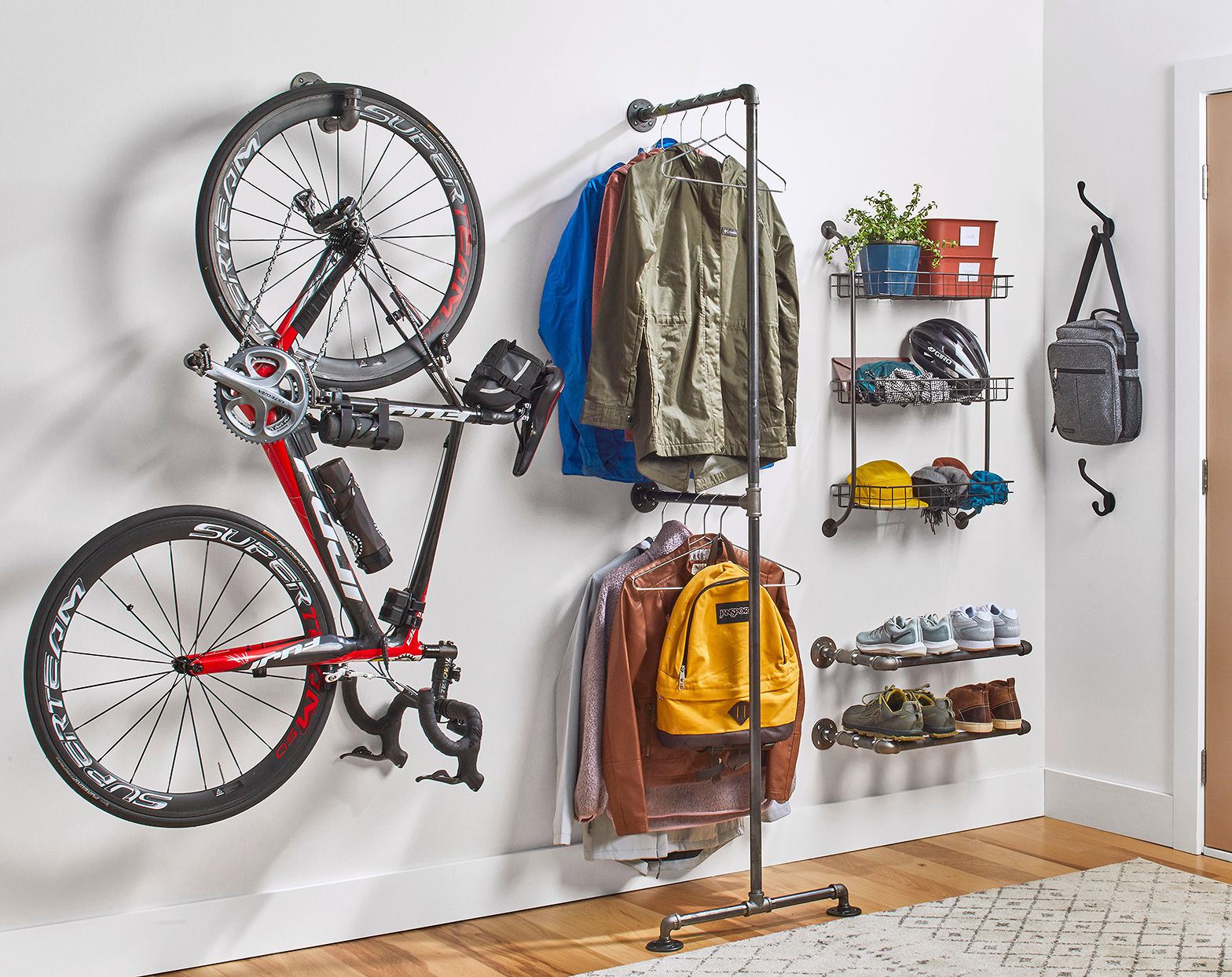
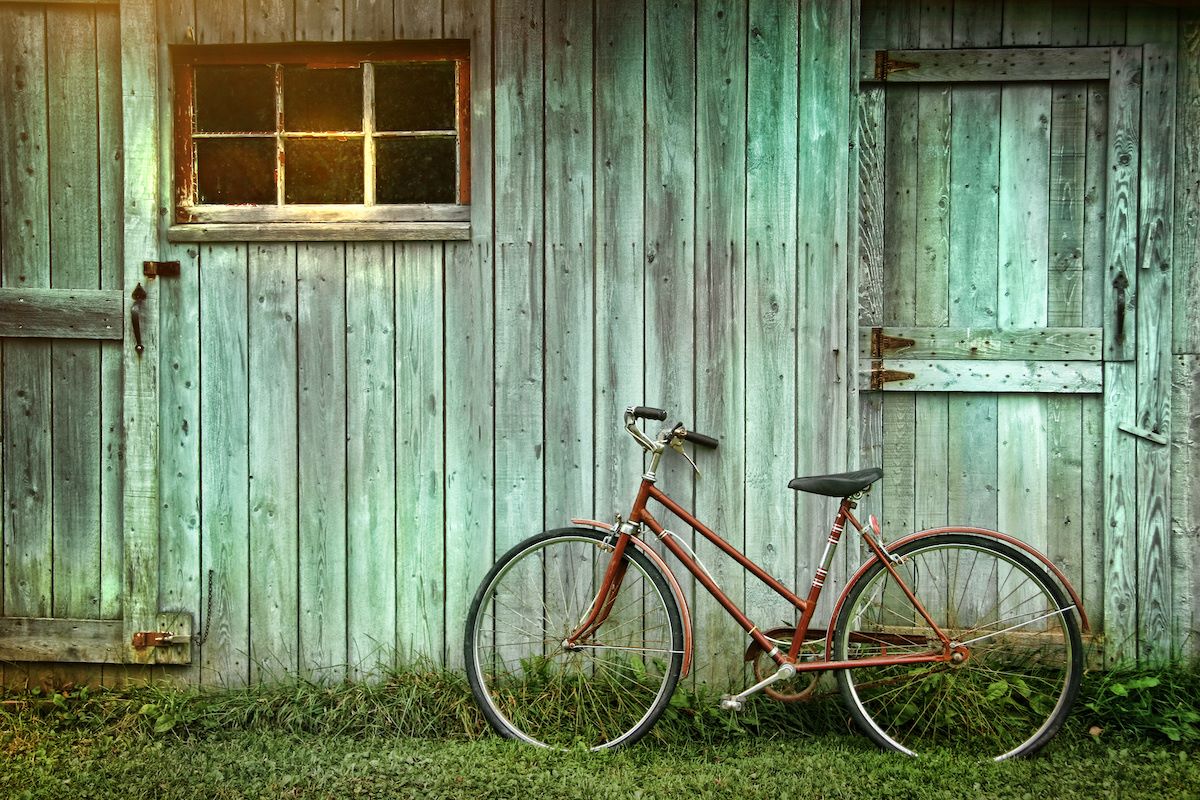
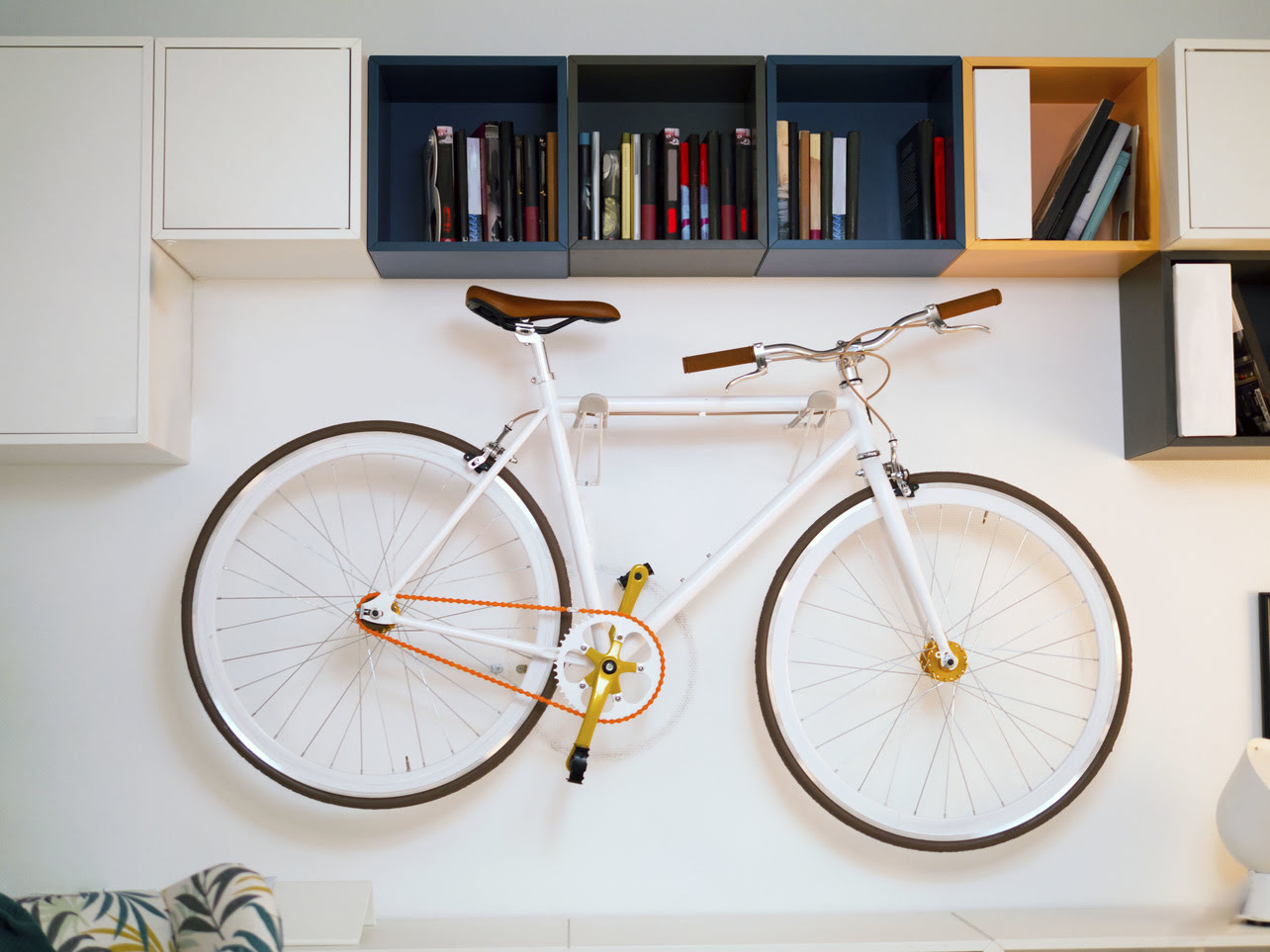
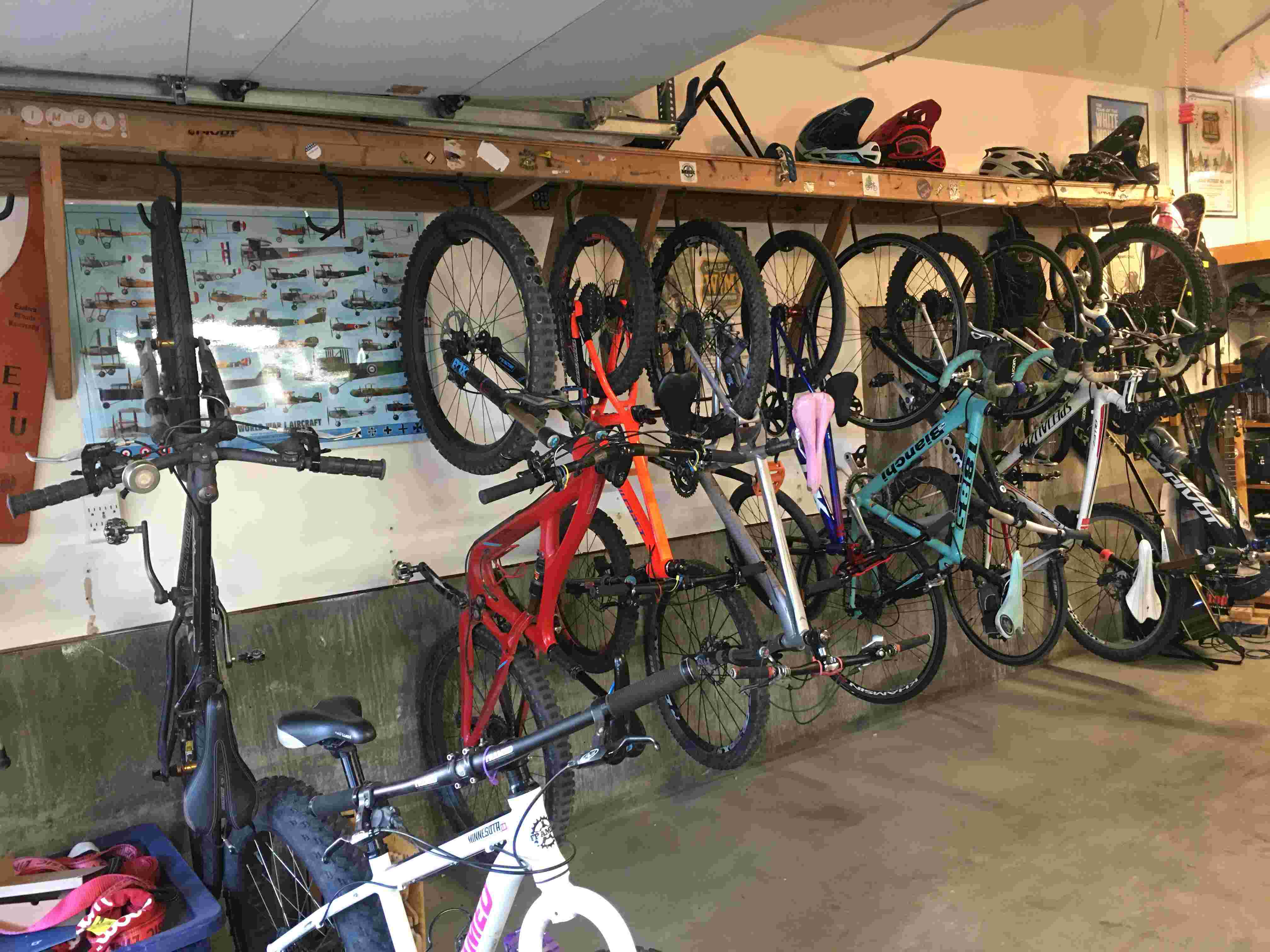
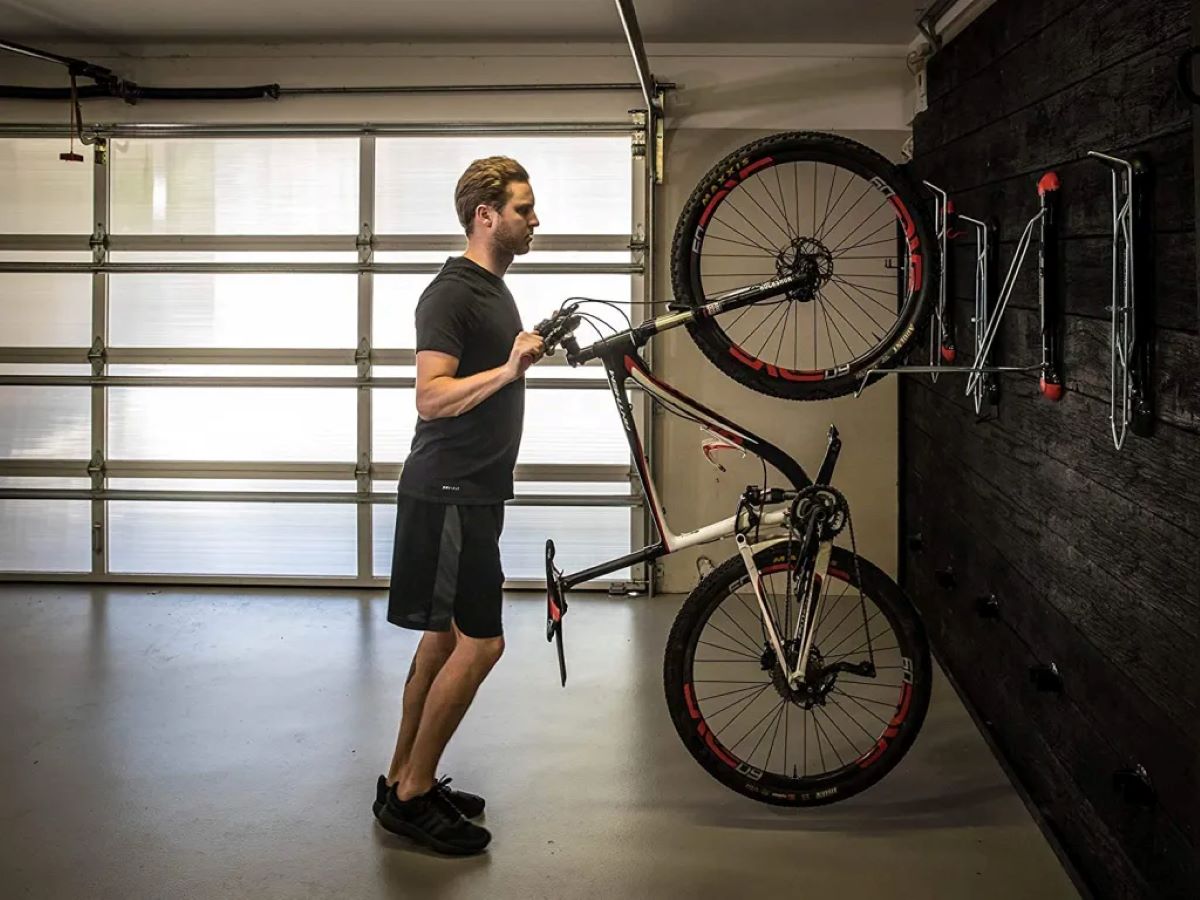
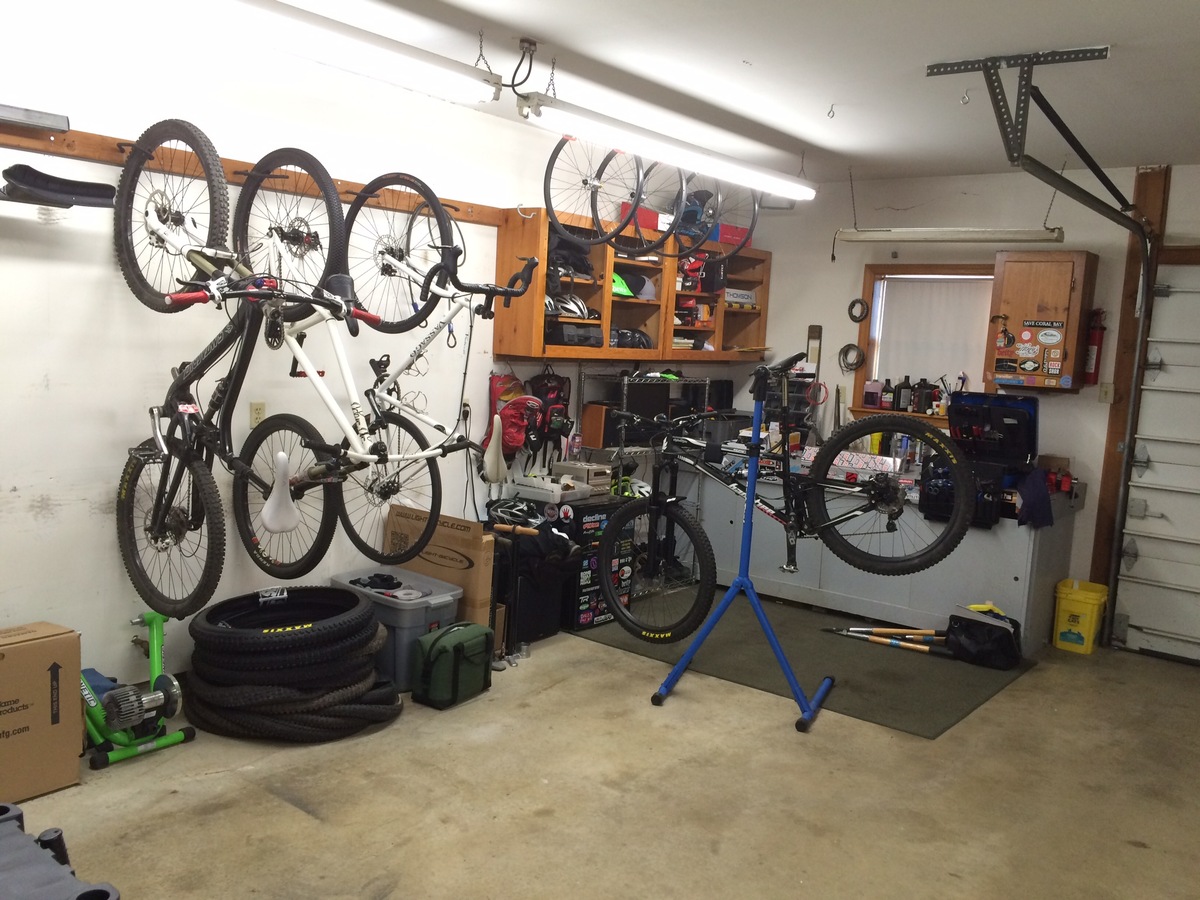
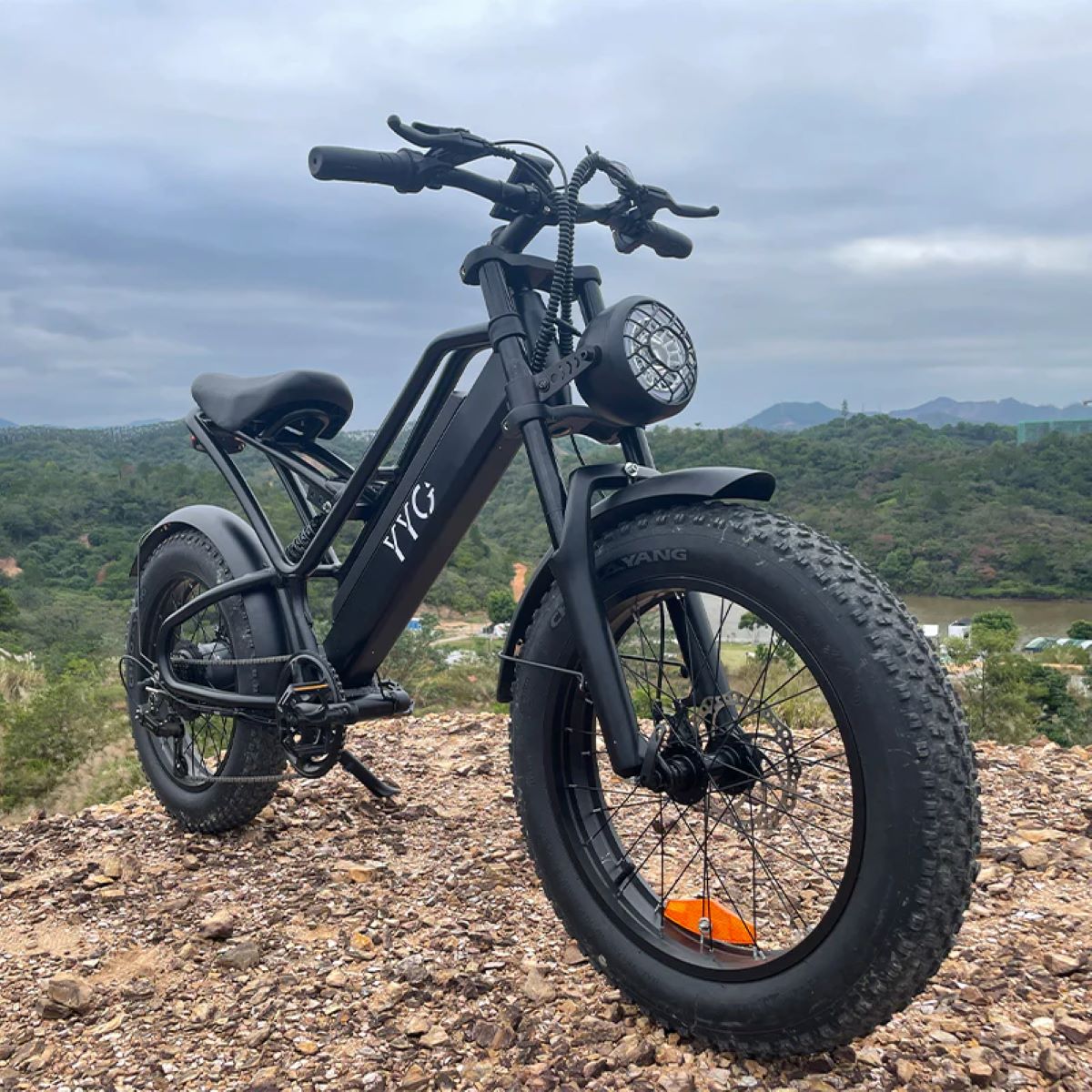

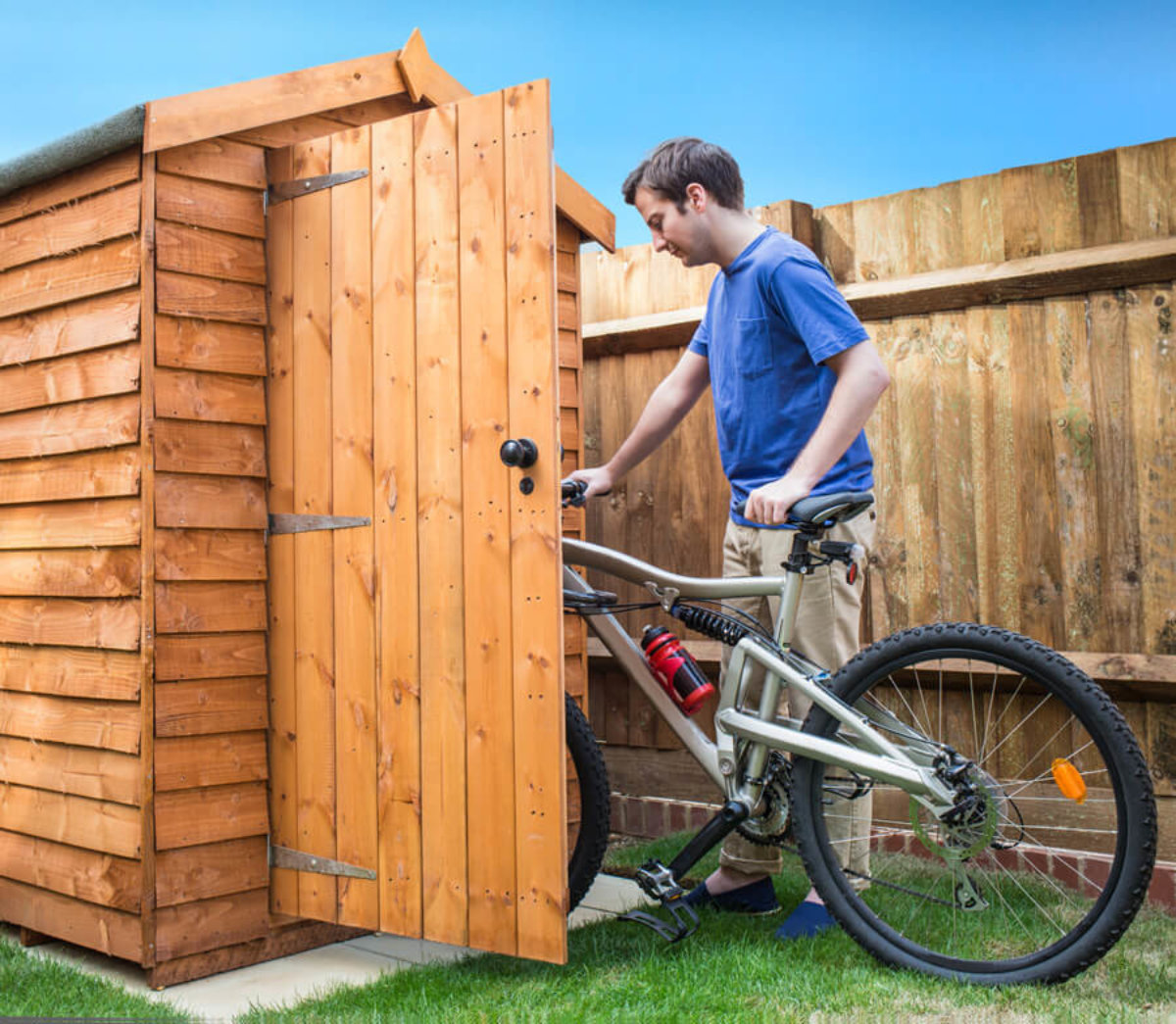

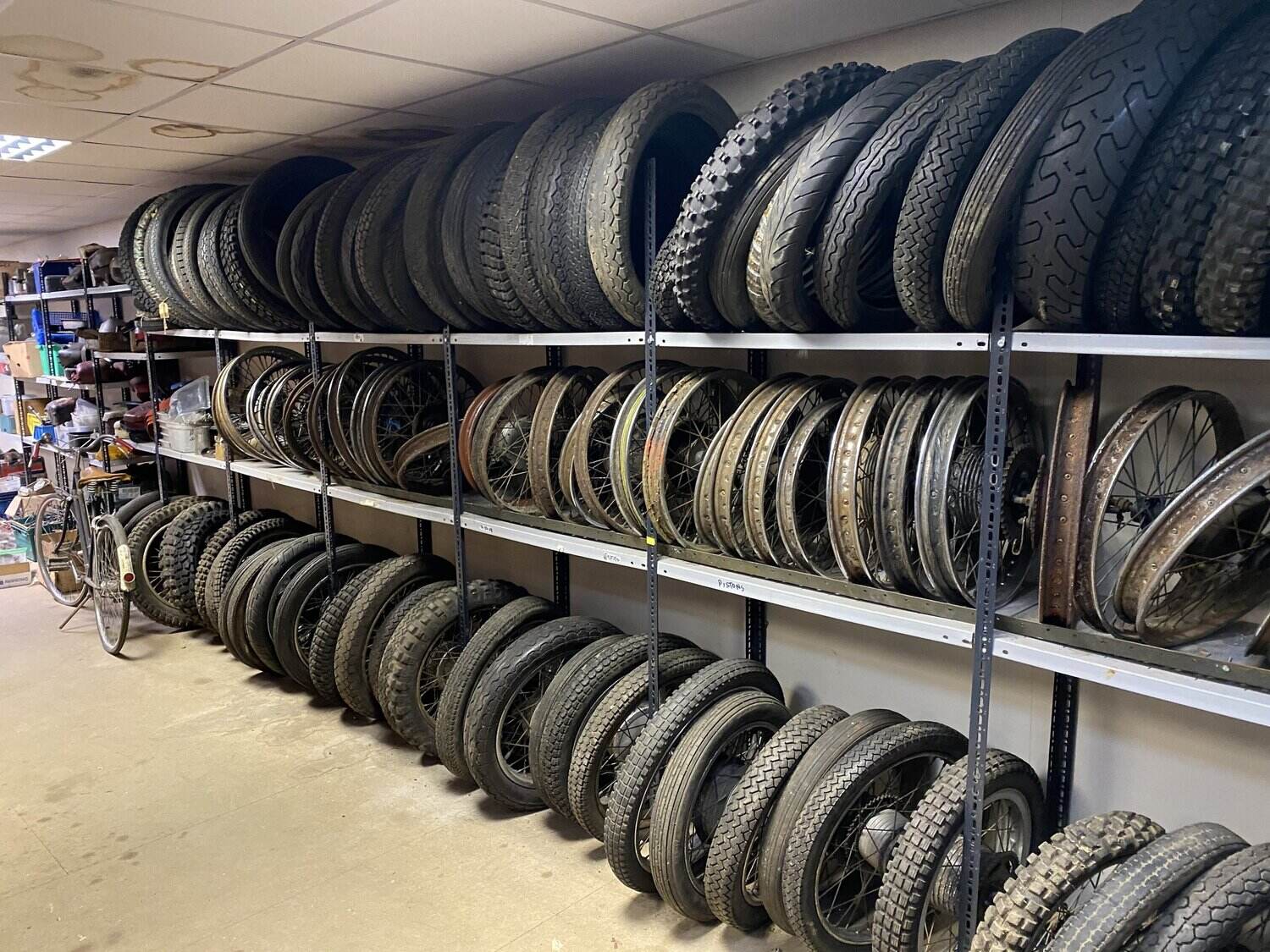
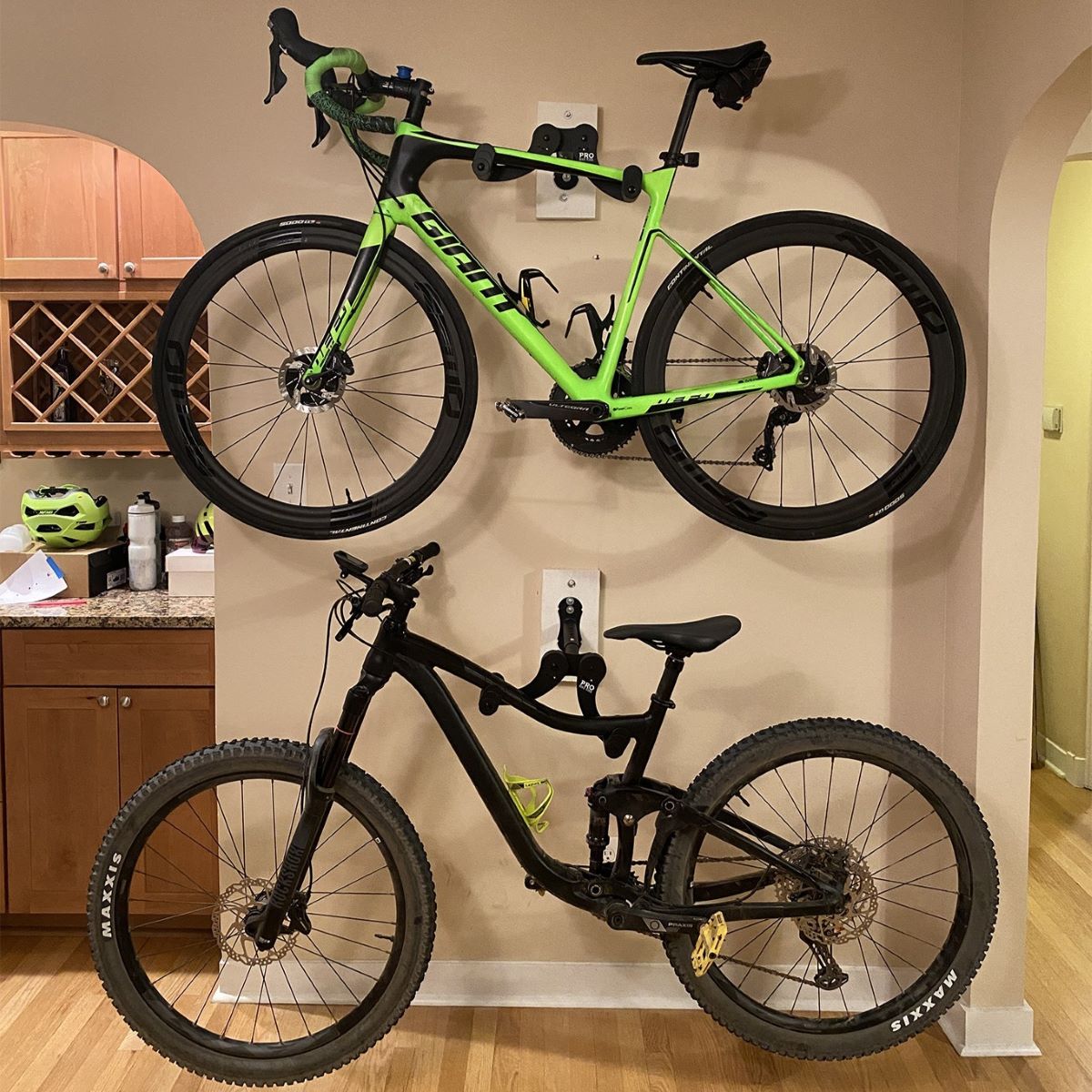
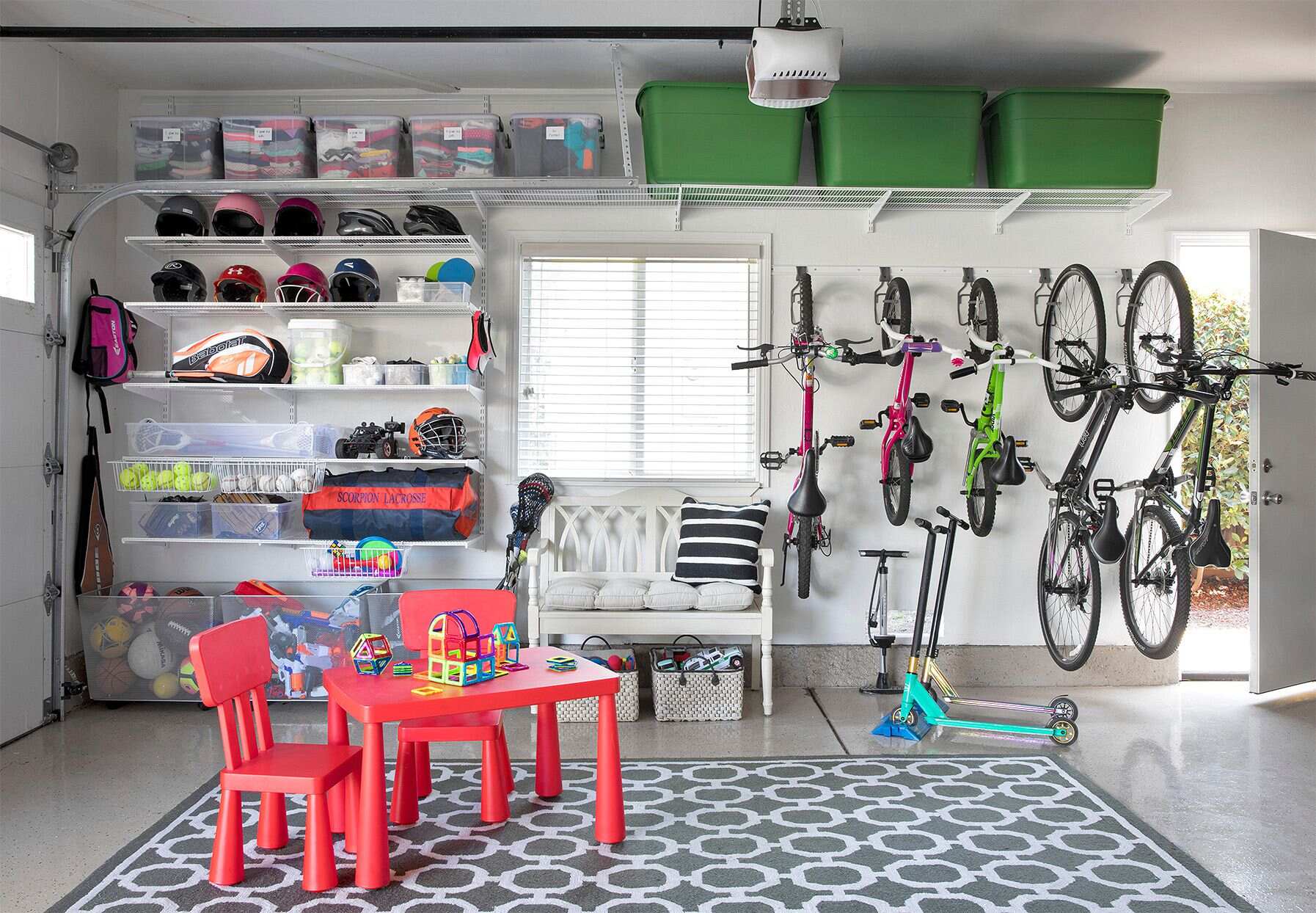
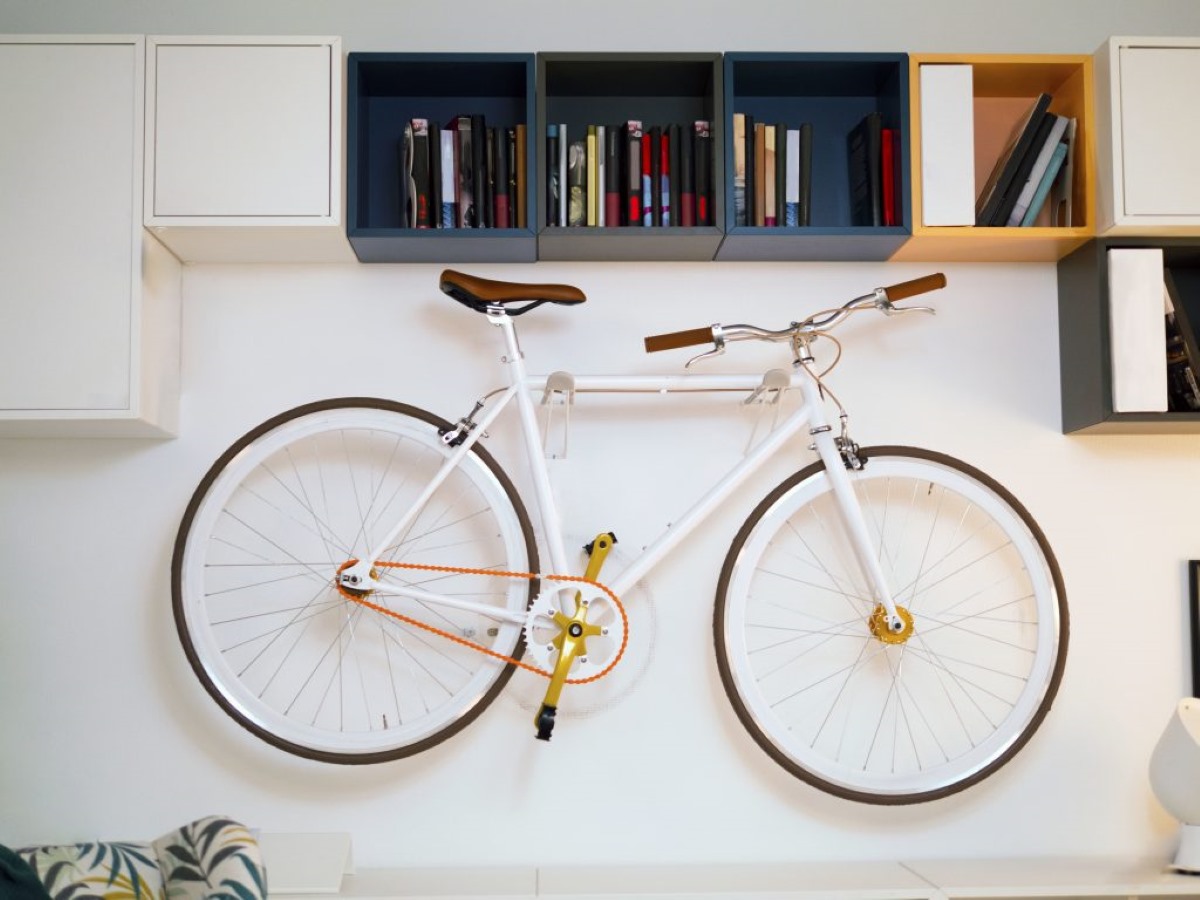

0 thoughts on “How To Store Your Bike Outside”